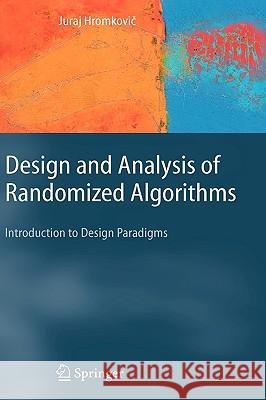Design and Analysis of Randomized Algorithms: Introduction to Design Paradigms » książka
topmenu
Design and Analysis of Randomized Algorithms: Introduction to Design Paradigms
ISBN-13: 9783540239499 / Angielski / Twarda / 2005 / 277 str.
Design and Analysis of Randomized Algorithms: Introduction to Design Paradigms
ISBN-13: 9783540239499 / Angielski / Twarda / 2005 / 277 str.
cena 261,63
(netto: 249,17 VAT: 5%)
Najniższa cena z 30 dni: 250,57
(netto: 249,17 VAT: 5%)
Najniższa cena z 30 dni: 250,57
Termin realizacji zamówienia:
ok. 22 dni roboczych
Dostawa w 2026 r.
ok. 22 dni roboczych
Dostawa w 2026 r.
Darmowa dostawa!
Systematically teaches key paradigmic algorithm design methods Provides a deep insight into randomization











